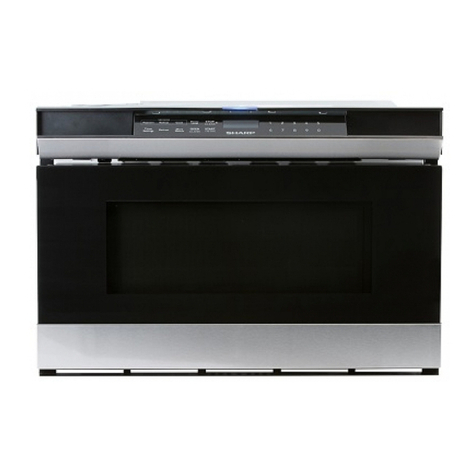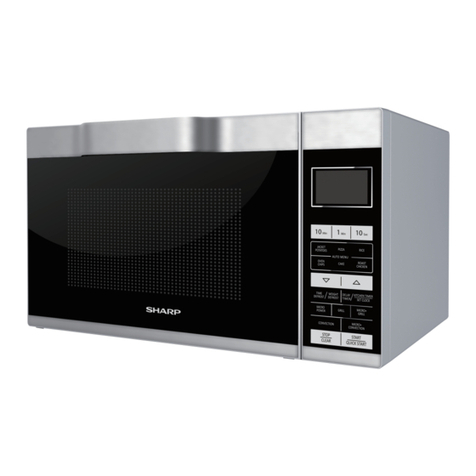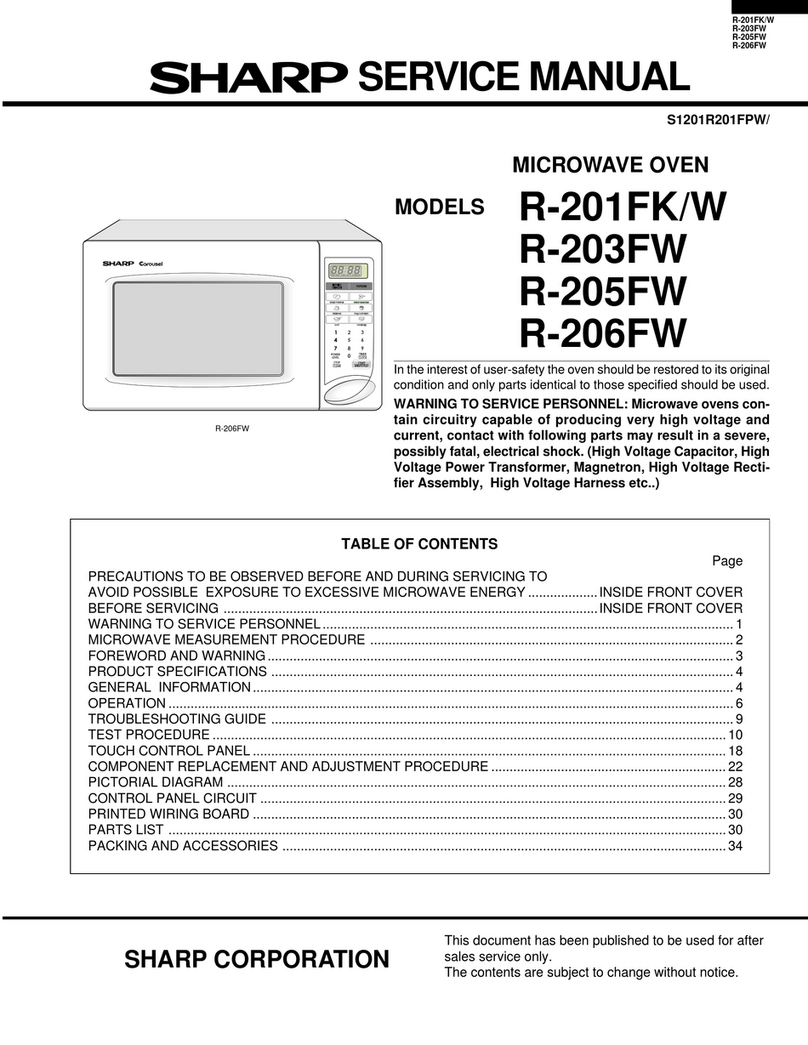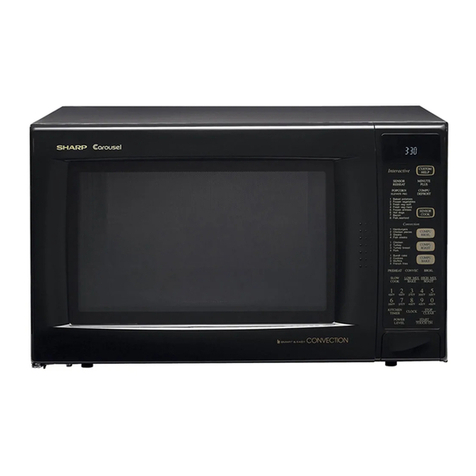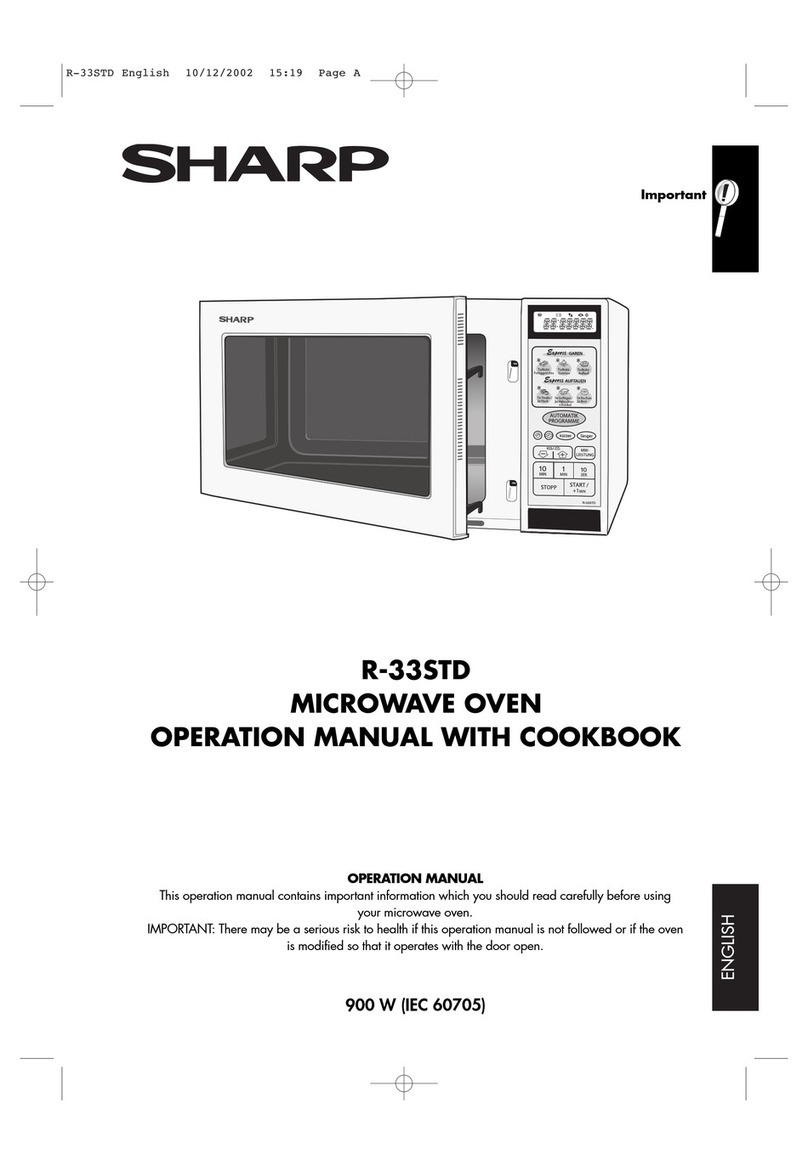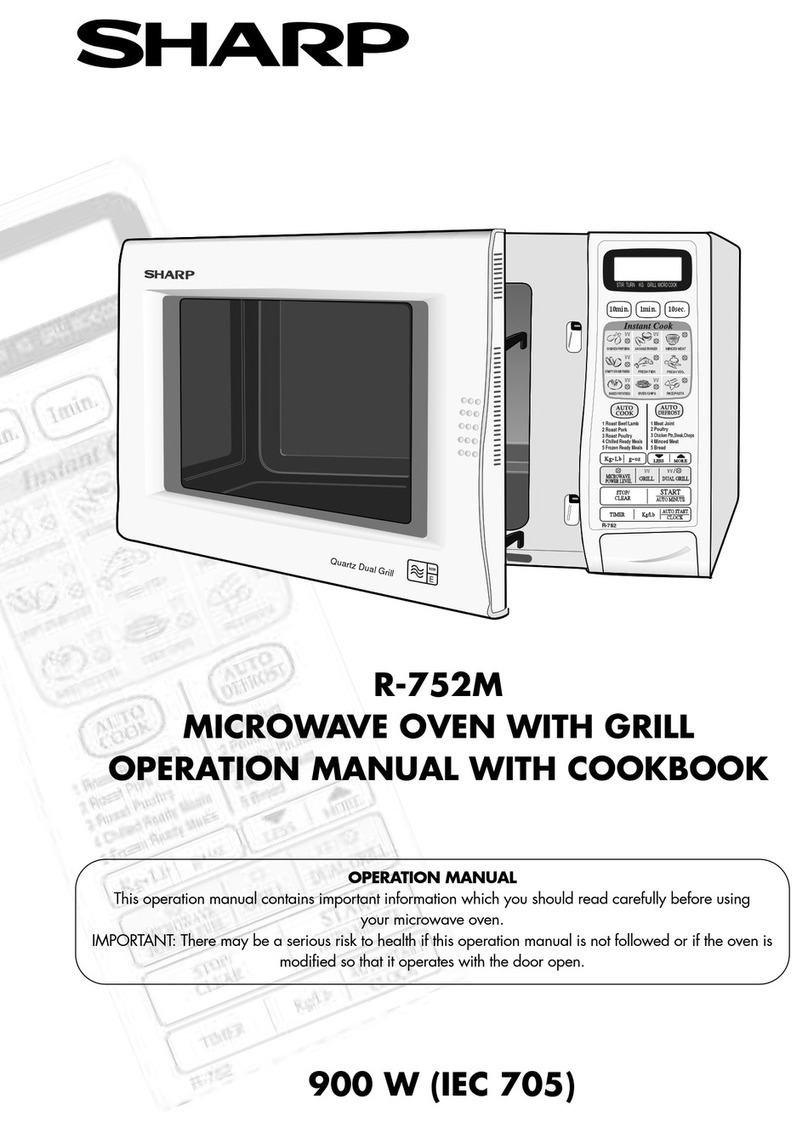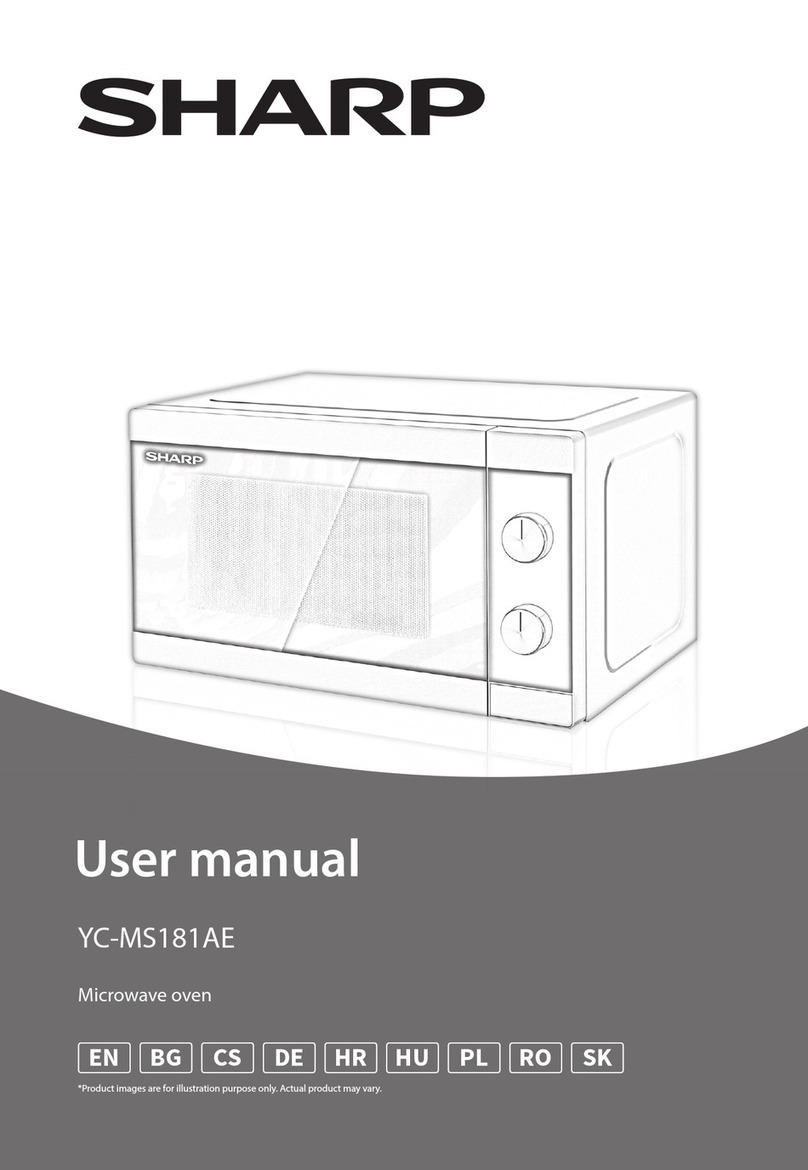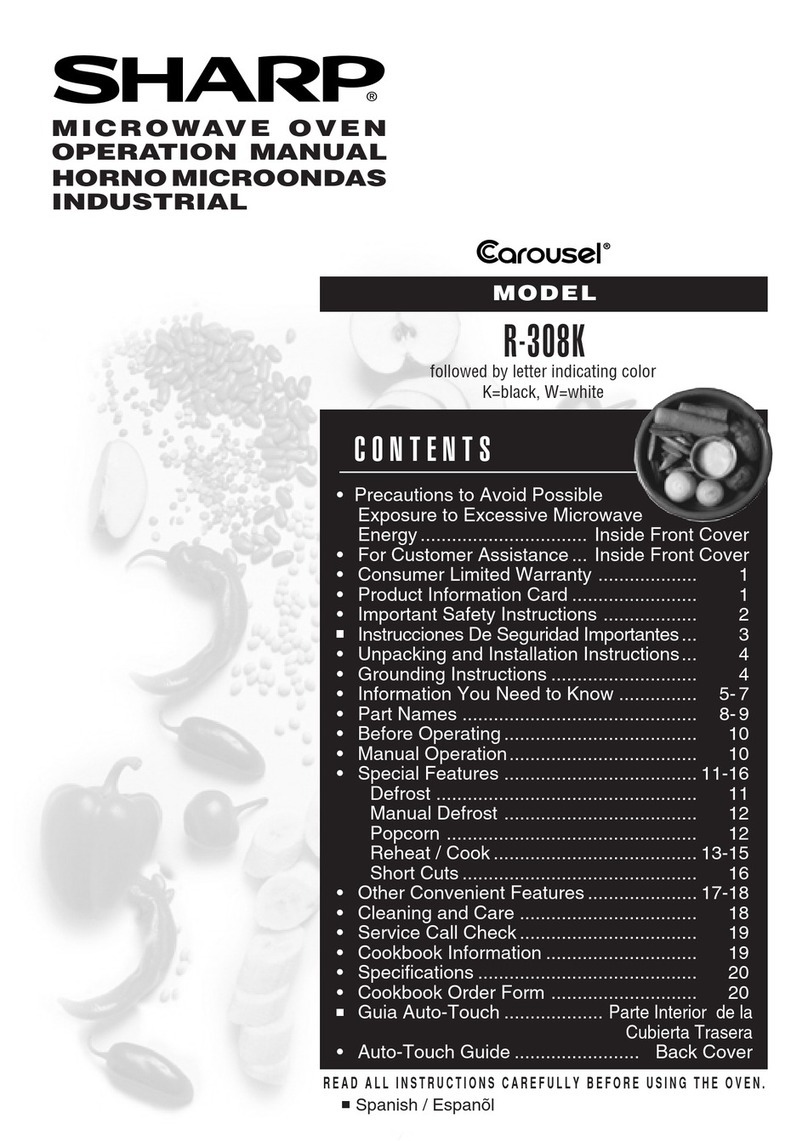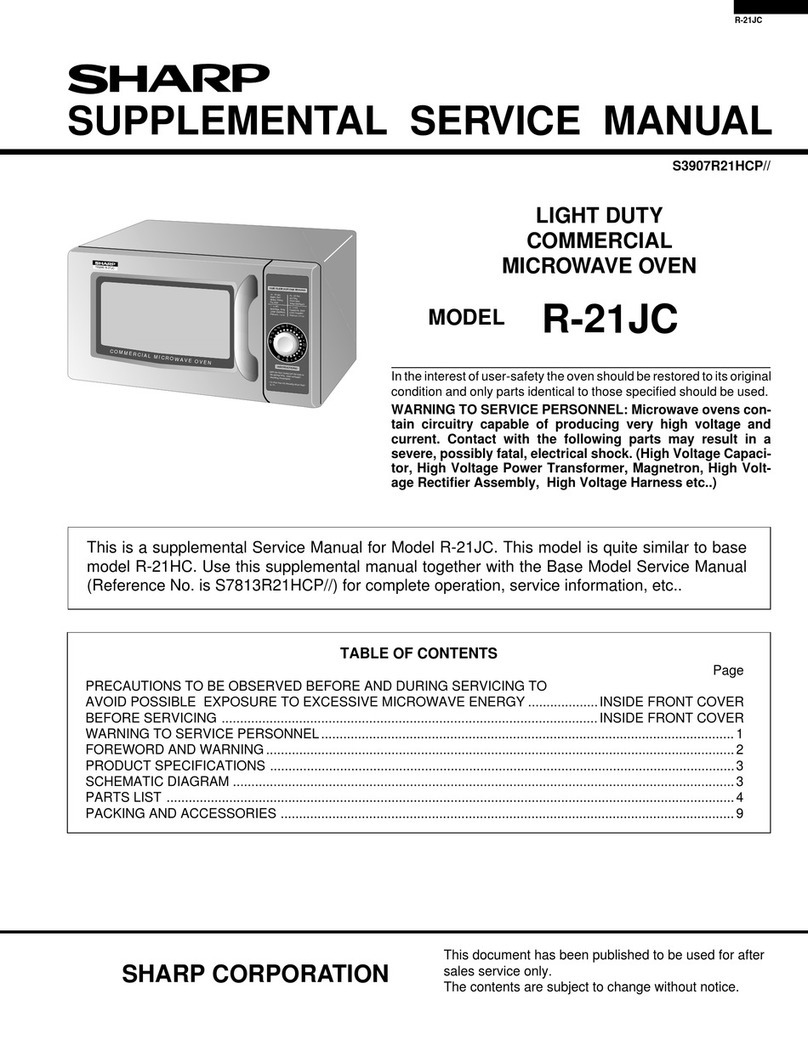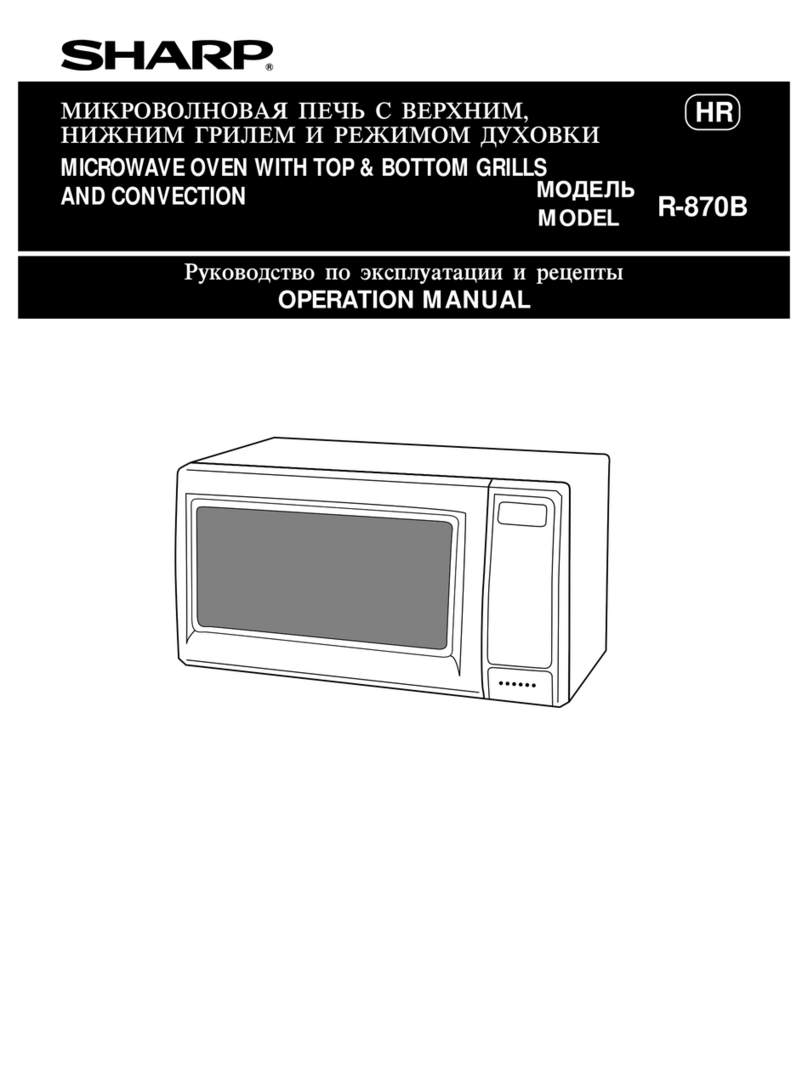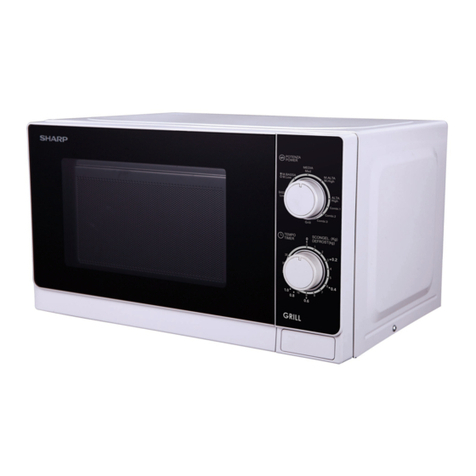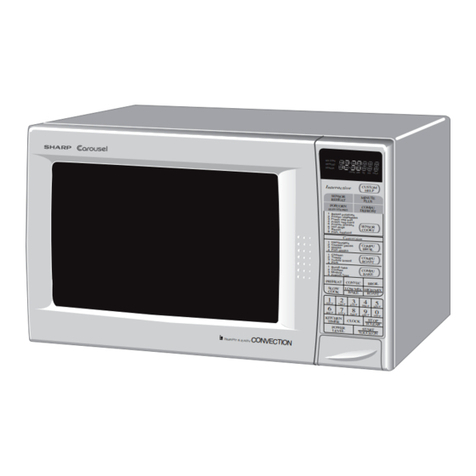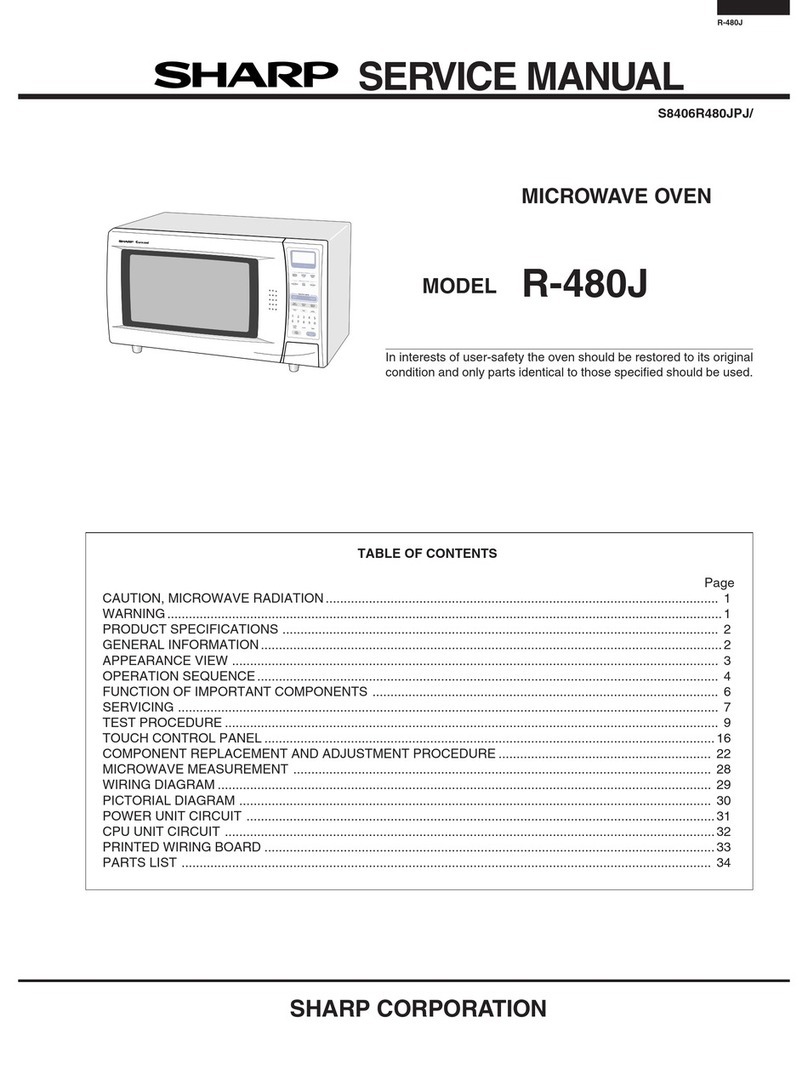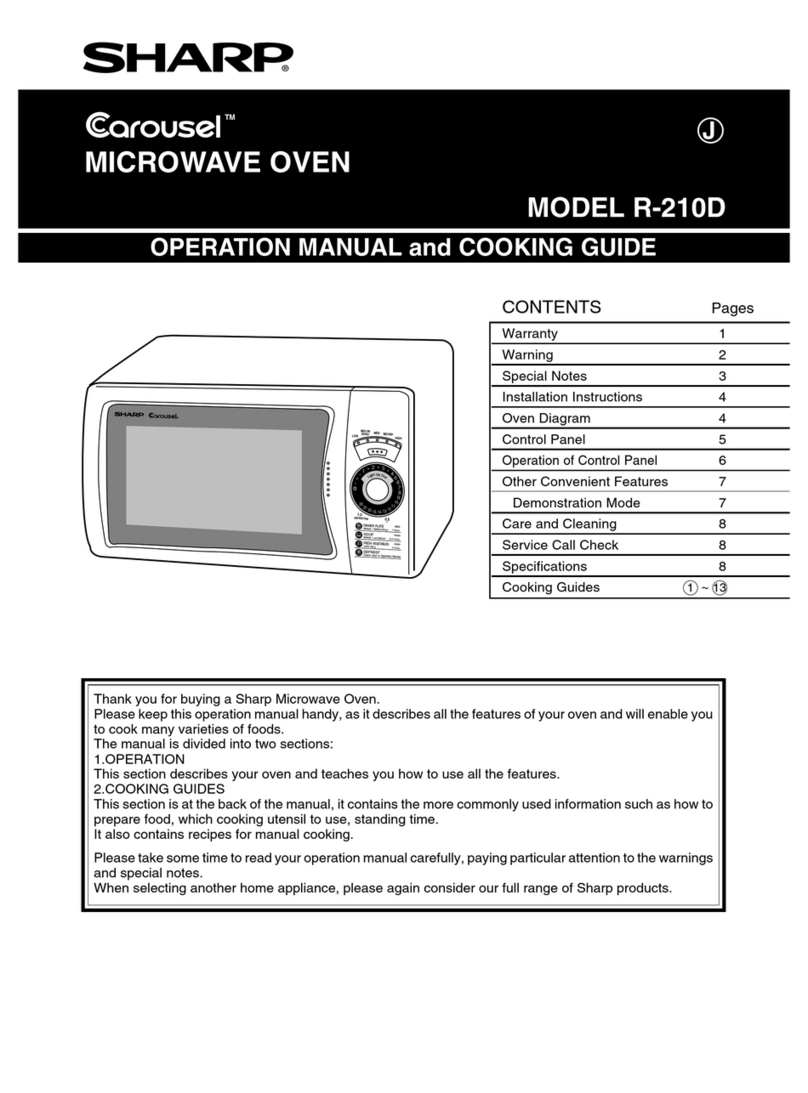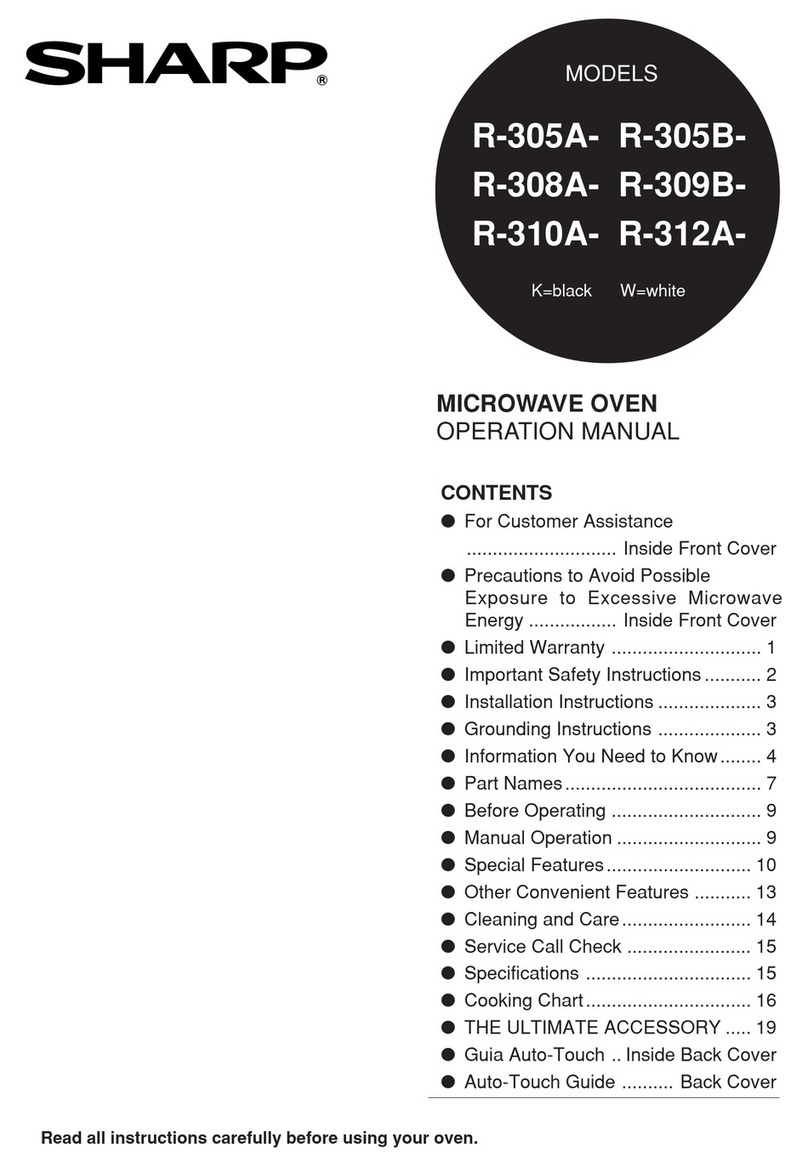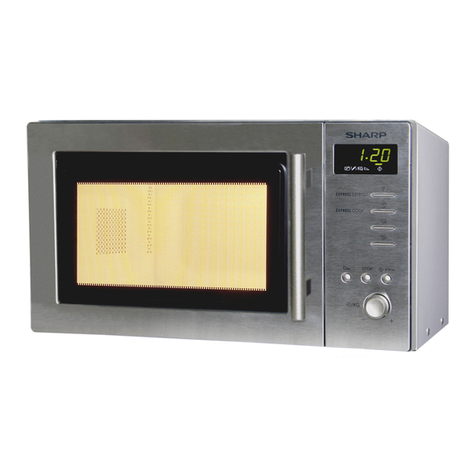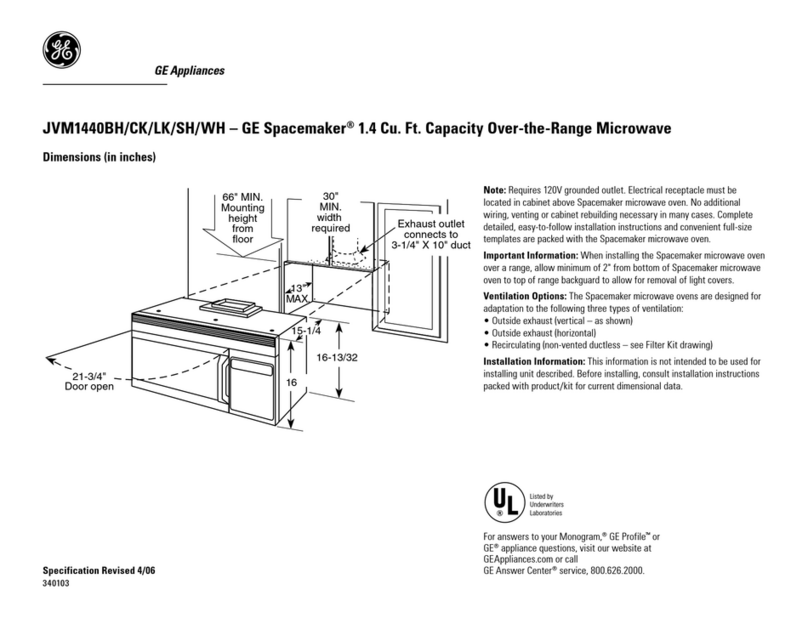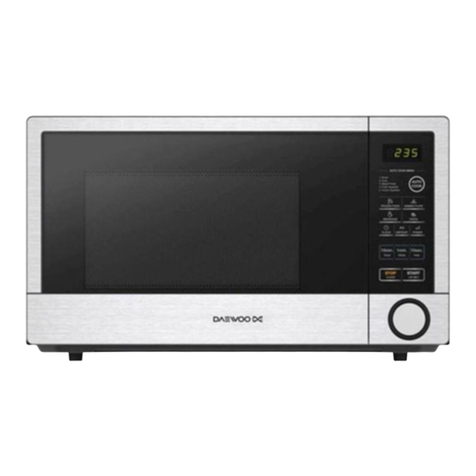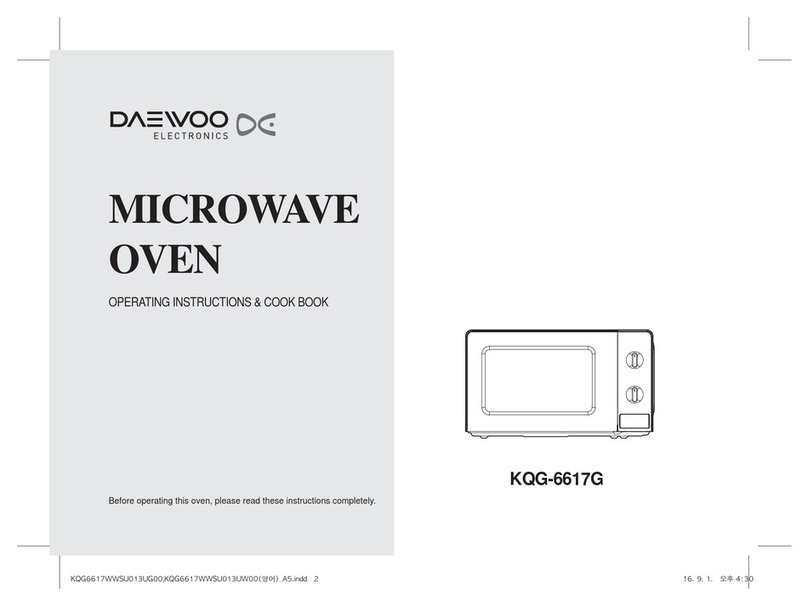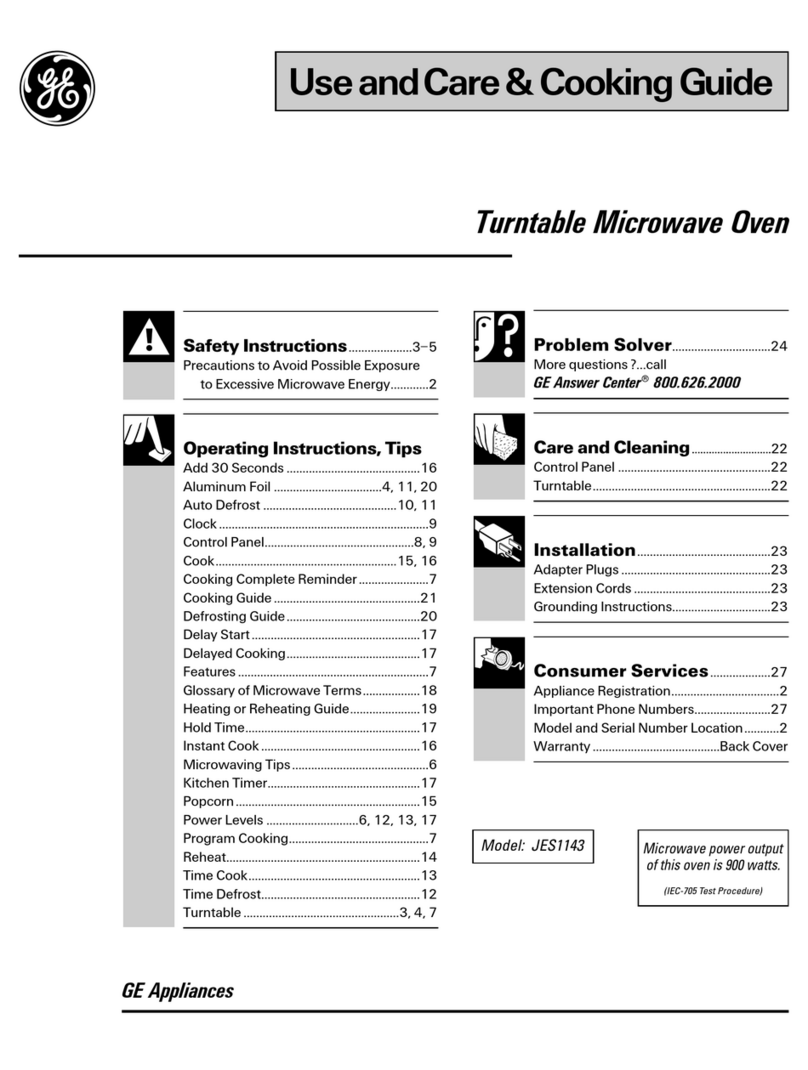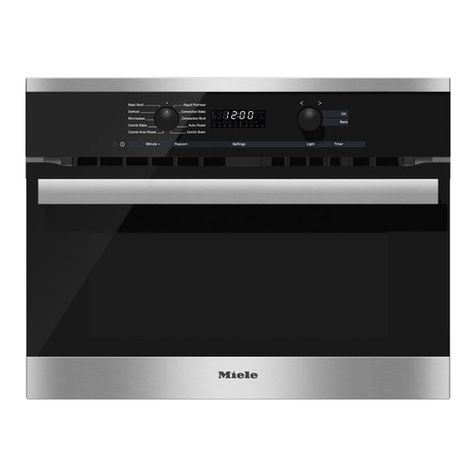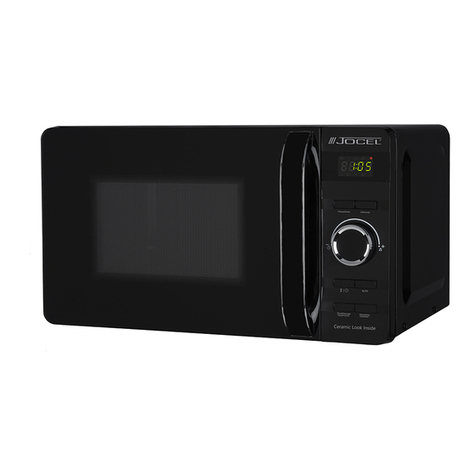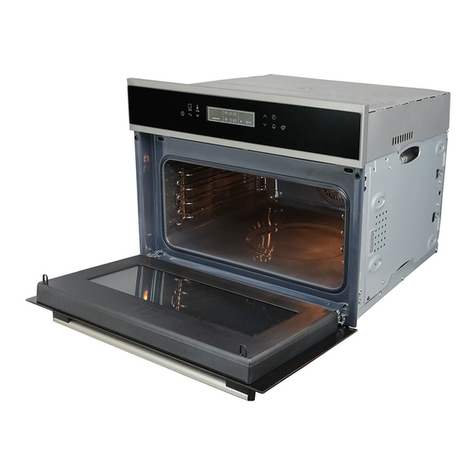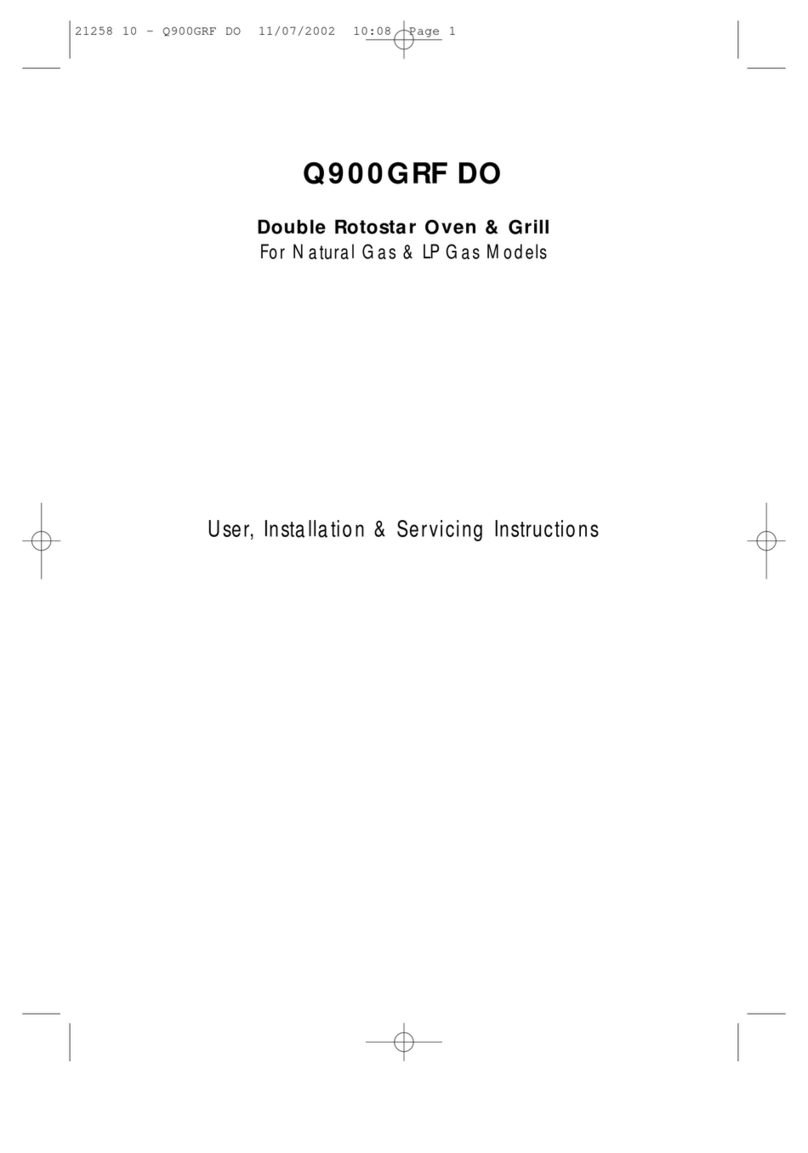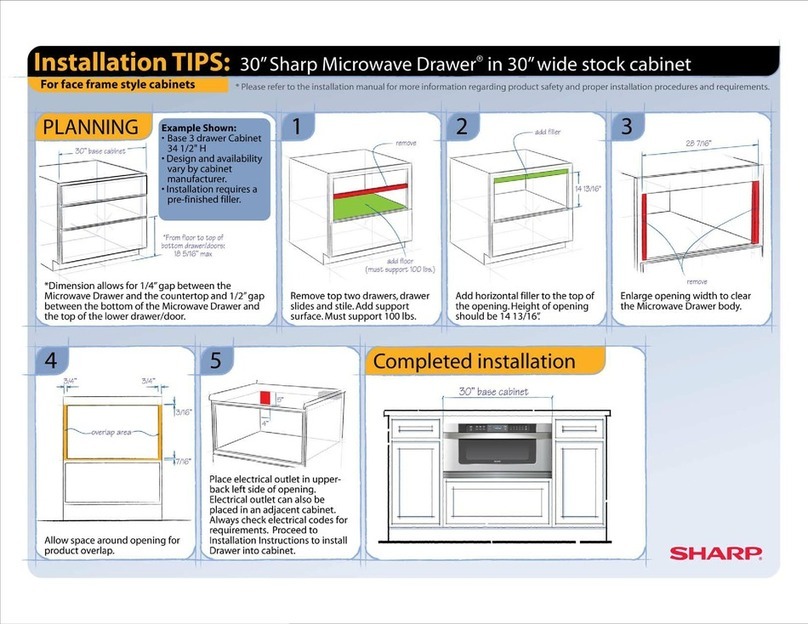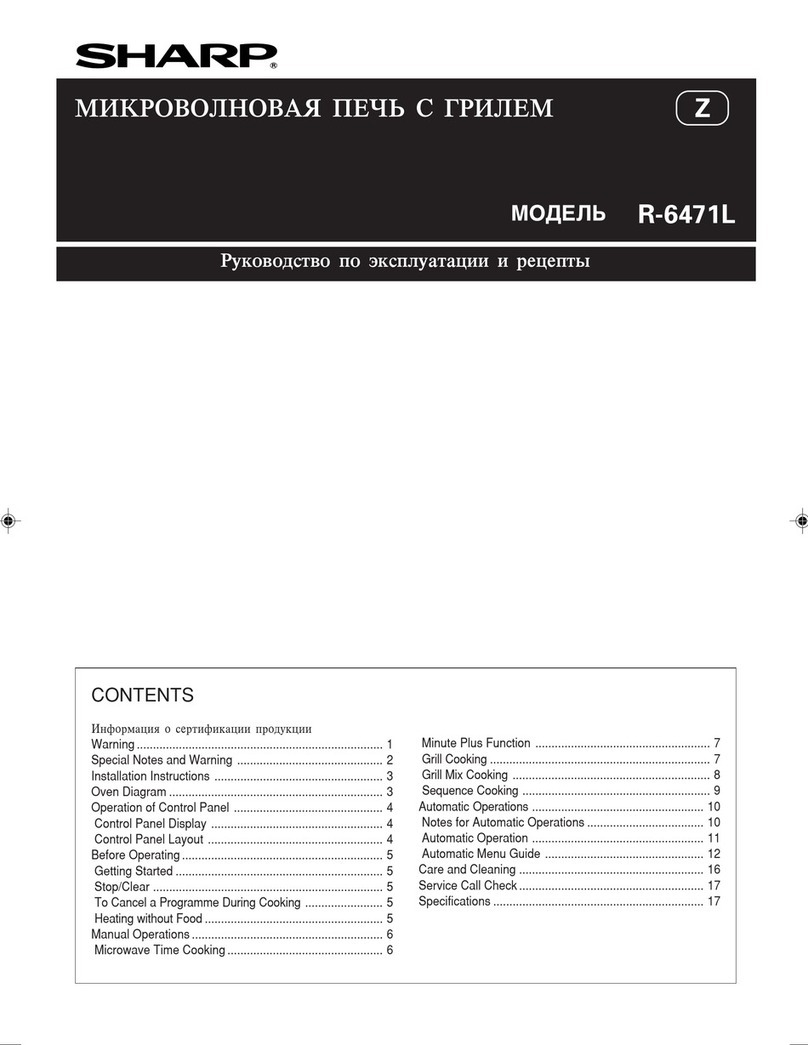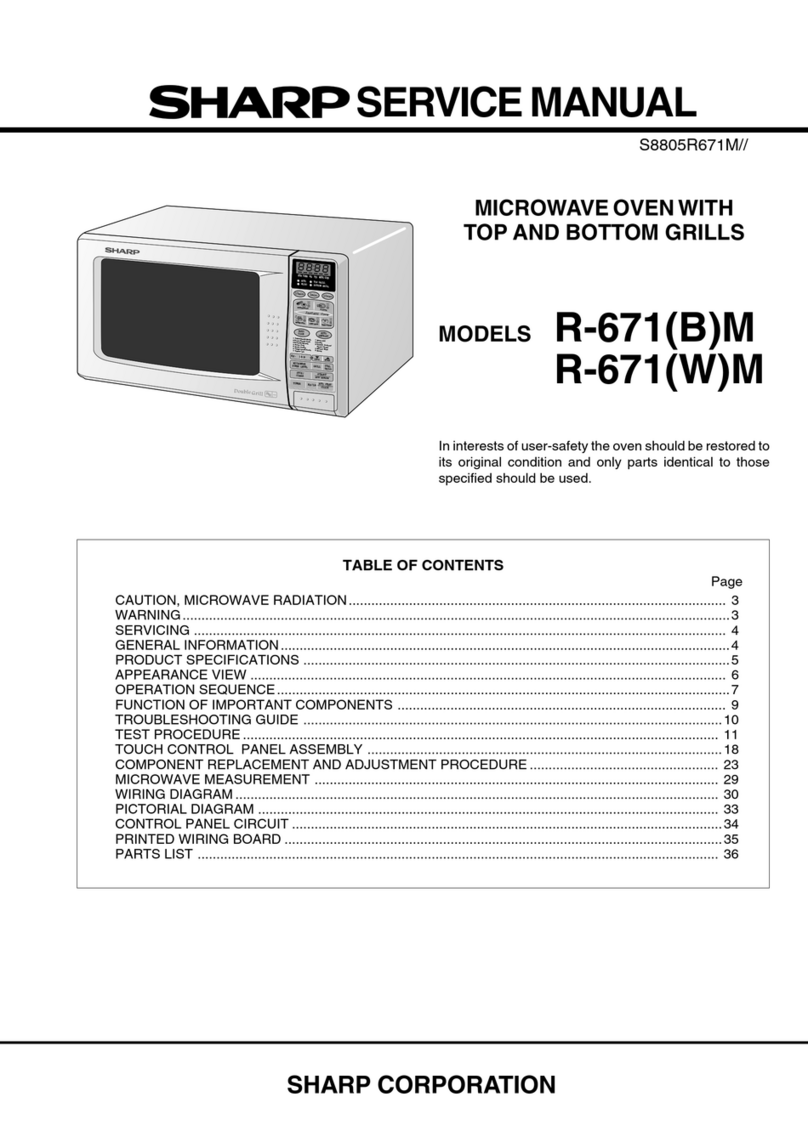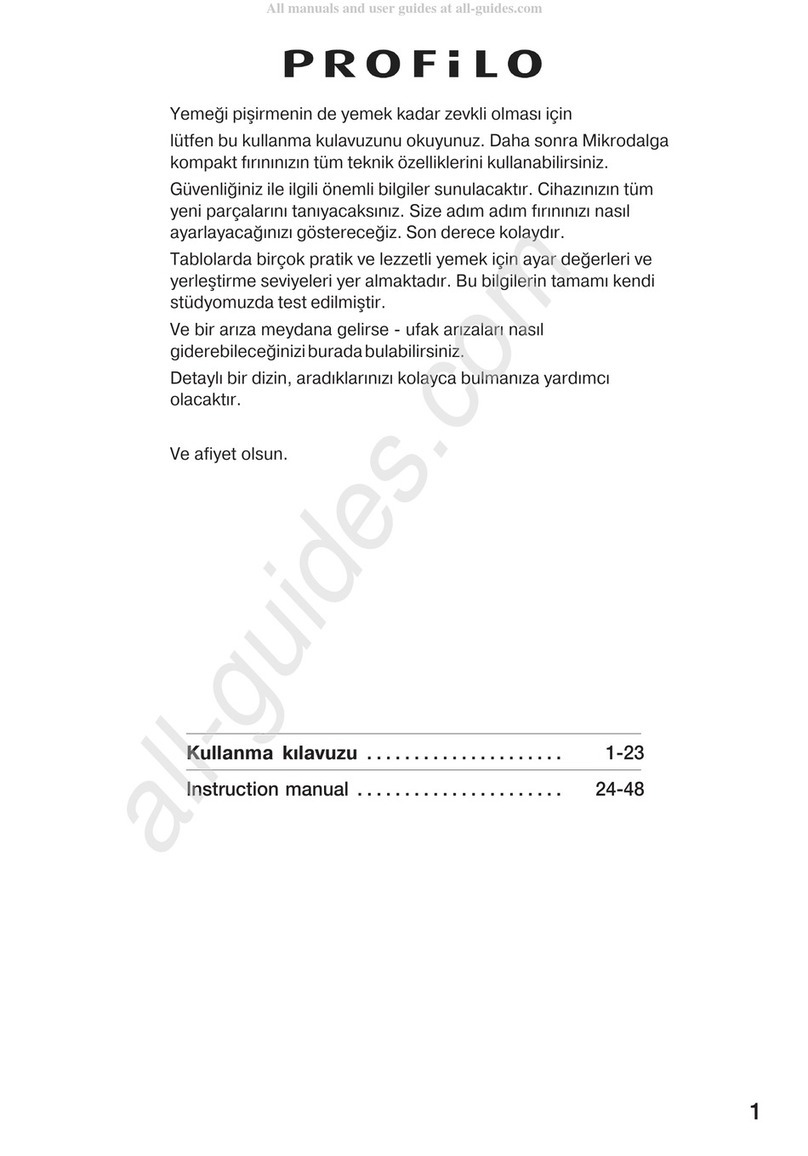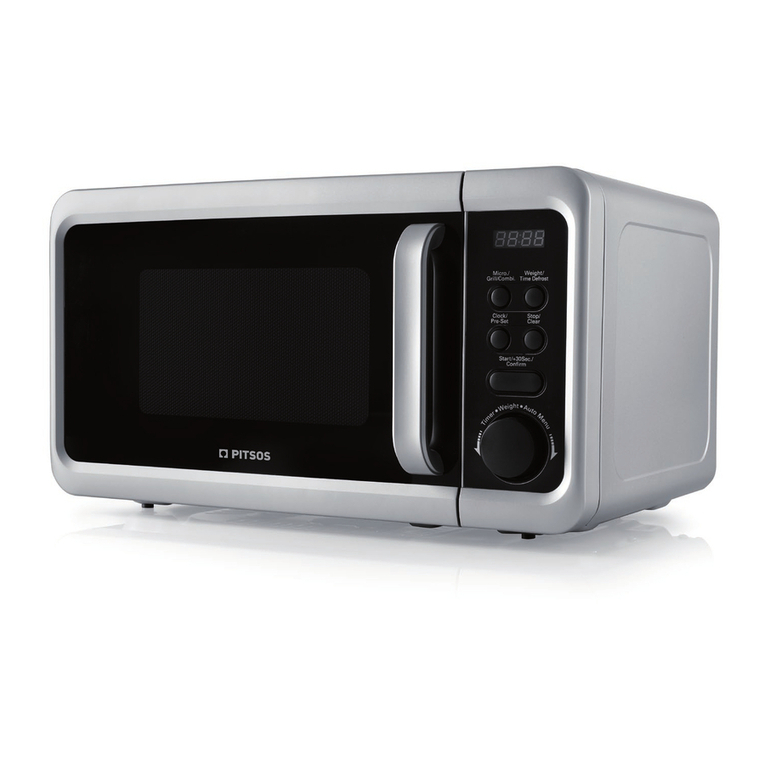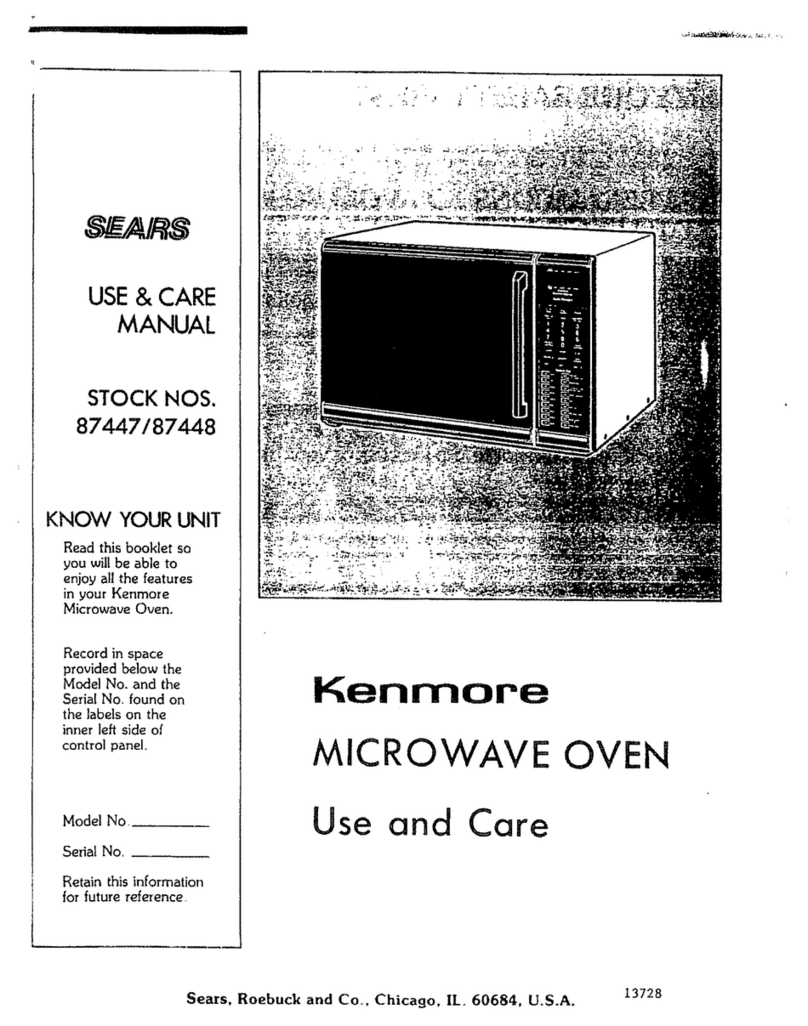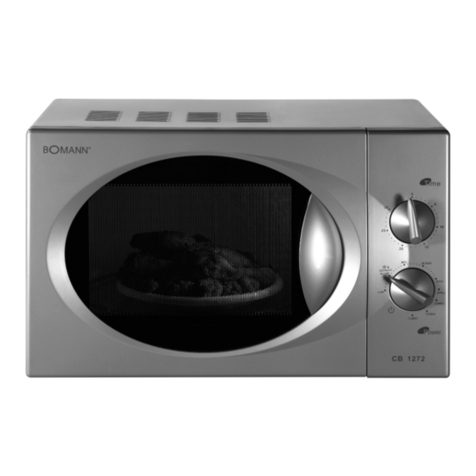IDLE CONDITION
Closing the door activates both door latch switches; upper
latch switch and lower latch switch.
Microwave:
Selecting a cooking time closes the microwave timer
contacts (7) -(8) leading to the oven lamps and fan
motor, therefore the oven lamps and fan motor turn
on, Figure 2.
Convection:
Selecting a cooking time closes the convection timer
contacts 0-a leading to the oven lamps and fan
motor, therefore the oven lamps and @n motor turn
on, Figure 3.
MICROWAVE COOKING CONDITION
1. FULL POWERCOOKING
The variable cooking control is set to Full Power (-tff)
position and cooking time is selected by turning the
microwave timer.
Note: Make sure that the convection timer is at “0”
position.
t When the “Cooking Start” button is pushed, the
following operations occur: (Figure 4).
l-l. The microwave timer contacts (7)(8) and cook
switch are closed.
l-2 The microwave timer, microwave lamp, vari-motor
and surge limiting relay are energized through the
convection timer contacts @ -0 and microwave
timer contacts (2) - (3).
1-3 The-220 volts A.C. is supplied to a primary wind-
ing of the power transformer through the
vari-switch, and the surge limiting relay contacts.
l-4 The power transformer converts 3.15 volts AC.
output on the filament winding and approxi-
mately 2,000 volts A.C. on the high voltage
winding.
l-5 The 3.15 volts A.C. output from fildment winding
heats the magnetron filament.
1-6 The 2,000 volts A.C. output from the secondary
winding is sent to a voltage doubler circuit con-
sisting of a high voltage capacitor and a rectifier.
The 2,000 volts AC. is converted to approximate-
ly 4,000 negative D.C. voltage (peak to peak)
by the voltage doubler circuit and sent to the
magnetron assembly.
1-7 The negative 4000 volts D.C. is applied to the
cathode of the magnetron tube. This causes it
to oscillate and produce a 2450 MHz cooking
frequency.
1-8 The RF energy produced by the magnetron
tube is channeled through a waveguide and then
into the oven cavity where the food is placed
to be cooked.
1-9 Upon completion of the selected cooking time,
the timer bell rings once. And the timer contact
are deactivated. The oven reverts to the OFF
condition.
Note: On the Australia and United Kingdom models.
The monitor switch is electrically monitoring the
operation of the upper latch switch and is
mechanically associated with fhe door so that it
will function in the following sequence.
(1) When the door opens from closed position,
the upper and lower latch switches first
operate to open their contacts, and then the
monitor switch contacts close.
(2) When the door is closed from open position,
the monitor switch confacts first open, and
then the contacts of the upper and lower latch
switches close. I
In the case upper latch switch fails with its contacts
closed when the door is opened, the monitor switch
will form a short circuit through the fuse and the upper
latch switch.
2. DEFROST, SIMMER, ROAST OR WARM
COOKING.
When the “cooking start” button is pushed and the
variable cooking control is set to “DEFROST (-&- )”
“SIMMER ( -&- )“, “ROAST ( -& )” or “WARM
( -& )“, the following operations occur.
2-l. Above l-l operation occurs.
2-2 The vari-motor rotates at two (2) revolutions
per minute. In case the cooking control is set to
“DEFROST ( -&--)“, the 220 volts A.C.issupplied
to the power transformer intermittently through
the vari-switch which is operated, at approx. 10
seconds ON and 20 seconds OFF repetition rate
by means of a cam linked to the vari-motor shaft.
The repetition rate for others are as follows;
WARM (fi) : approx. 5 seconds ON, 25
seconds OFF
SIMMER(A) : approx. 16 seconds ON, 14
seconds OFF
ROAST (A): approx. 23 seconds ON, 7
seconds OFF
2-3 The 2,000 and 3.4volts A.C. outputs are produced
when the 220 volts AC. is supplied to the power
transformer.
2-4 Then above 1-2, 1-3, 14, l-5,1-6, l-7,1-8 and 1-9
operations occur.
7
